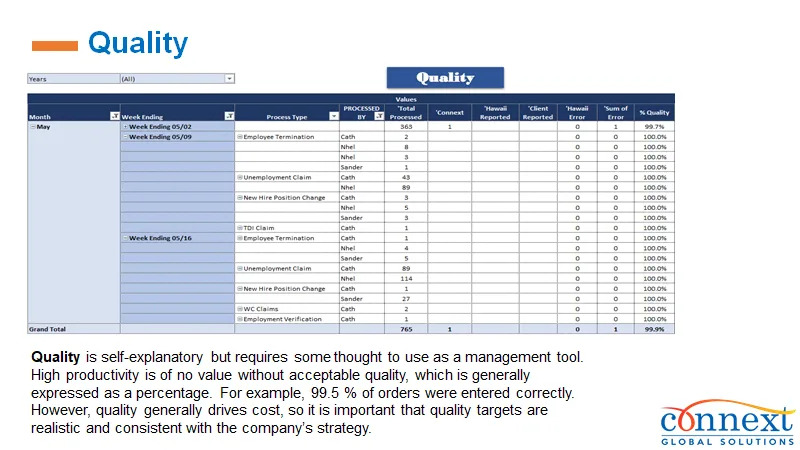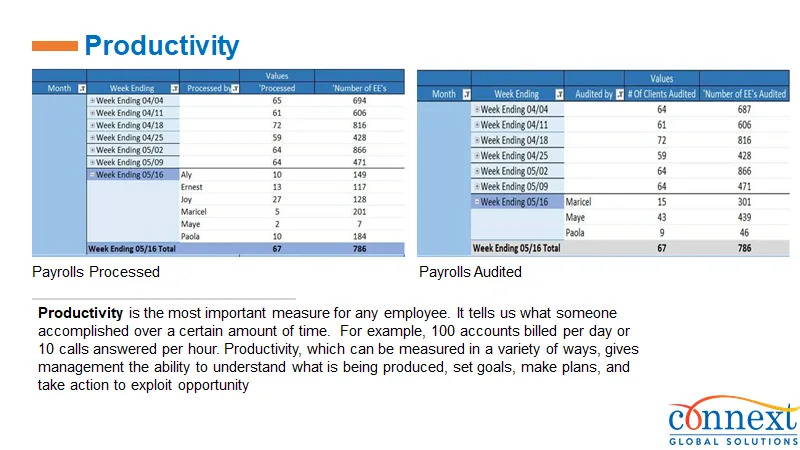Key Summary
- Staff augmentation and traditional outsourcing are two distinct models businesses use to manage workloads, fill talent gaps, and extend operational capacity. This article provides a comparison between staff augmentation vs. outsourcing and provides tips on choosing the right offshore staffing model for your business needs.
- Staff augmentation allows organizations to directly integrate external professionals into their existing teams, retaining control and flexibility.
- Traditional outsourcing transfers specific functions or projects to an external provider, offering less day-to-day control but greater focus on outcomes.
- Connext supports companies facing hiring freezes by providing independent contractor agreements that expand teams without increasing official headcount.
- While cost savings matter, Connext emphasizes value in scalability, operational continuity, and access to specialized talent.

Organizations are facing complex challenges in managing their workforces. Economic uncertainty, rapidly evolving technology, and hiring freezes have forced leaders to rethink how they structure and scale teams. For many, the decision comes down to whether to pursue staff augmentation or traditional outsourcing. Both models provide ways to bring in external talent and manage work more efficiently, but they operate very differently.
Understanding the distinction between staff augmentation and outsourcing is not just about comparing cost models. It is about aligning the right strategy with the specific operational needs of a business. This article will unpack both approaches, highlight the benefits and limitations of each, and discuss how companies can navigate workforce challenges with offshore staffing solutions.
The Challenge: Talent Shortages and Hiring Freezes
The workforce landscape has changed significantly in recent years. According to a 2024 Gartner survey, 41% of HR leaders say their workforce lacks necessary skills, 50% report difficulty leveraging existing skills, and 62% cite uncertainty around future skills as a major risk. At the same time, economic uncertainty has led many companies to implement hiring freezes, leaving leaders to find new ways of meeting operational demands without increasing headcount.
This is where external workforce solutions such as staff augmentation and outsourcing play a role. They allow businesses to maintain flexibility, respond to shifting market demands, and continue delivering services without the risks of traditional hiring.
What is Staff Augmentation?
Staff augmentation is a workforce strategy in which companies add external professionals to their teams to fill specific roles or support ongoing projects. Unlike traditional outsourcing, augmented staff work under the direct management of the company. They are integrated into internal processes, attend team meetings, and operate as an extension of the in-house workforce.
This approach is particularly effective for companies that need to scale quickly without expanding their official headcount. Through providers like Connext, organizations can onboard offshore talent under independent contractor agreements, enabling them to expand operational capacity without the risks of permanent hiring.
Benefits of Staff Augmentation
Flexibility
Companies can scale resources up or down depending on project demands.
Control
The business maintains oversight of day-to-day work and project execution.
Access to Talent
Staff augmentation opens access to specialized roles that may be difficult to hire for in-house.
Scalability during Hiring Freezes
With Connext, companies can add skilled professionals through independent contractor arrangements, navigating restrictions on headcount.
What is Traditional Outsourcing?
Traditional outsourcing involves contracting an external provider to take full responsibility for a function, project, or process. For example, a company might outsource its payroll, IT support, or customer service operations. In this model, the outsourcing provider manages staffing, workflows, and performance outcomes.
While this approach reduces the burden of management, it also limits direct control. The focus is on outcomes rather than individual resources. This model works best for companies that want to offload entire functions to focus on their core business priorities.
Benefits of Traditional Outsourcing
Efficiency
Providers bring established processes and expertise to deliver results.
Reduced Management Burden
Internal leaders can focus on strategy rather than daily execution.
Cost Optimization
Outsourcing can reduce overhead costs by shifting work to regions with more cost-effective labor.
Operational Continuity
Providers manage turnover, training, and staffing on behalf of the client.
Key Differences Between Staff Augmentation and Outsourcing
Staff augmentation and outsourcing differ mainly in structure and control. Staff augmentation integrates external professionals into existing teams, with the client overseeing their work. Outsourcing hands over entire processes or functions to a provider, shifting management responsibility away from the client. Staff augmentation allows flexibility and closer alignment with in-house teams, while outsourcing prioritizes efficiency and delivery of defined outcomes.
Choosing the Right Approach
The decision between staff augmentation and outsourcing depends on an organization’s priorities. Companies seeking tight control, flexibility, and the ability to integrate offshore staff into their workflows often lean toward staff augmentation. On the other hand, organizations that want to reduce management overhead and fully offload a process may benefit more from outsourcing.
Connext works with companies to assess their needs and recommend a tailored staffing model. For businesses navigating hiring freezes or growth restrictions, staff augmentation with independent contractor agreements often provides the right balance of flexibility and compliance.
The Role of Offshore Staffing Providers Like Connext
A provider such as Connext offers more than access to offshore professionals. It helps organizations create scalable workforce solutions that address pressing challenges:
- Navigating hiring freezes with independent contractor agreements
- Scaling teams without increasing headcount
- Maintaining operational continuity
- Accessing specialized skills across industries like healthcare, professional services, and customer support
By providing both staff augmentation and managed outsourcing solutions, Connext ensures organizations have options that align with their unique workforce strategies.
Learn why outsourced staffing beats traditional hiring in 2025 if you want to scale without adding headcount.
Learn how nearshore staff augmentation provides skilled talent, cost efficiency, and cultural alignment. Read more.
If you want to learn more about contract staffing services or headcount-neutral offshore solutions, learn more and contact Connext today.
Frequently Asked Questions (FAQs)
What is the main difference between staff augmentation and outsourcing?
Staff augmentation integrates external professionals into an internal team, while outsourcing delegates entire functions or projects to an external provider.
Connext provides independent contractor agreements that allow businesses to scale their teams offshore without increasing official headcount.
It depends on the business requirement. Staff augmentation is more flexible for short-term or specialized needs, while outsourcing is better suited for ongoing processes that require less direct oversight.
Both models can optimize costs, but staff augmentation often focuses more on flexibility and talent access, while outsourcing emphasizes efficiency and outcome delivery.
Yes. Many organizations combine staff augmentation and outsourcing to address different operational needs, creating a hybrid workforce strategy. apt to workforce constraints without sacrificing quality or compliance.








